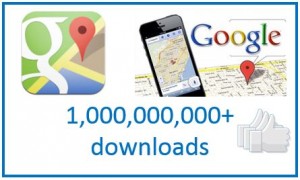Our never-ending quest of being slim does not always serve the purpose. Especially when we are talking about search engine optimization. More than anything, thin content has proved to be a curse for digital marketers and search engine optimization specialists.
What is thin content?
A thin content page is a page that exists for the sole purpose for building traffic and no other purpose whatsoever.
How do I know if my website has thin content?
Your website has thin or poor content if in case of any of the following issues:
- Doorway pages – Number of poor quality pages created to funnel visitors to a single destination
- Huge number of images on one page – Only images & minimal text content on your website
- Automatically generated content – Automatically generated paragraphs of keywords that contain no sense but stuffed with keywords
- Article syndication – Pushing your same content for publication across a large number of sites
- Scraped content – Taking content from other websites and publishing on your website
- Affiliate stuffing – Having too many affiliate links on the pages to boost traffic
Any of the above factors can be a signal for the existence of thin content pages on your website. And mind it, in 30% of the cases it might not have been intentional yet you can find yourself at the wrong end of the spectrum.
I am still not sure if my website has thin content. Want to re-confirm?
- Google Webmasters: It is another reason to start using the Google Webmaster tools. You get notifications from the Webmaster if your website suffers from the thin content problem.
- Google Analytics: Is your website or pages on your website having very high bounce rates – 80% or more? Then, it’s probably time for you to review why the content on these pages is not making the visitor’s stay for a longer time.
- Review back links: It pays to have a check to confirm the source of the back links coming to your site and the quality of those back links.
Okay I have thin content on my website. So, how do I fix it?
At this stage of the game, you have got two choices to make –
- You can either close the game – If you are confident that the page is not adding much value to the website, then it’s a better idea to do away with the page rather than keep it and invite trouble.
- Take a power-booster and play on – If the page can add some value, then it might be a great idea to think through and come up with ideas to spice up the page so that it can engage visitors and make them spend more time to spend on the page. It would be a good idea to try and have more than 250-300 words on the page (obviously good & unique content), combine pages with similar content and last but not the least, avoid having thin or low-quality content in the future.
The answer to how to do search engine optimization is not rocket science obviously. The above tips for search engine optimization will go a long way in helping out. At the end, just a couple of words: Give every webpage a value / role to serve for you. And indeed, this would value to your business in the longer run.

















